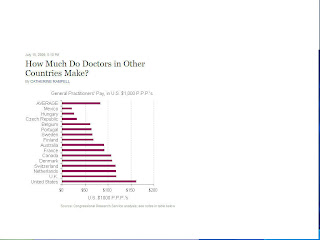P.P.P.-- alliances between private sector and public bodies

Canadia Posts from: North Bay, Ontario, and Vancouver B.C. Click on any image to increase size. If you want to know more about the Webster's Ancestry www.ismeetswas.blogspot.com LOOK AT RIGHT SIDE COLUMN FOR DIFFERENT YEARS